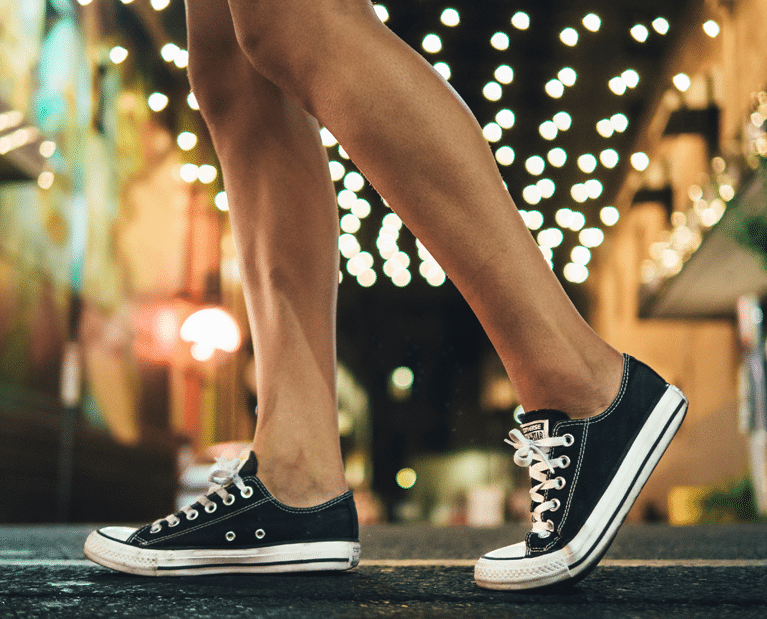My whole life I have been what I jokingly call "calf challenged." As an ice skater, I not only developed well-defined legs, but as a jumper, I also strengthened my calves. This was not genetic, as no one else in my family had large calves and once my figure skating career ended, my calves became quite a challenge for me.
Every time I run, I develop plantar fasciitis, which also occurs if I frequently wear high heels, I also get leg cramps at night. Additionally, random inferior knee pain and Patellofemoral tracking can creep in. I have made accommodations through the years by opting for a platform or wedge over a high heel and gave up any ideas of running a 10K, but is this the right way to go? By doing this, I am accommodating for this issue by minimizing the irritants instead of resolving the problem itself.
While not all large calves are tight and not every ice skater develops large calves; I believe those that face calf challenges will find the advice in this blog particularly useful.
Solving for Calf Challenges
Stretching
For me, stretching my calves is not practical. The calf is a large muscle which is extremely useful and if there is an issue or tightness it can be intense. Instead, stretching the hamstrings can help because the attachments to the tibia and fibula cross the attachment of the calve muscles on the femur.
Rolling/Trigger Point
Foam roller exercises are very popular, but many people don't perform them correctly. I have found the best way to foam roll is side to side rather than up and down. You can add additional weight by placing your other leg on top of the rolling leg.
Once you find that sore point, you should hold the position and do small movements. You can also do this with a lacrosse ball. For a modified active release, an added trick is to find that tender spot and point and flex your foot while you hold the pressure on the place.
Eccentric Calf Work
When running, your calves' role is to lower the body to the ground when you land. The most effective exercise for working out your calves is calf raises. This exercise has been clinically proven to treat plantar fasciitis and Achilles tendonitis.
Heat
When you experience calf pain or tightness, heat is essential. Place heat on the middle of the calves intermittently throughout the day to help keep the muscles warm and therefore more pliable. If you have swelling or bruising, you can ice that specific area of course, but I have found that warm baths or glove warmers work great to keep the calves loose.
The most crucial factor with tight calves is addressing the issues before they turn into a more significant problem. If you have chronic calf tightness, starting a program to lengthen and strengthen them before you begin a new exercise program could make a real difference.
Contact your local SetPT therapist today to set up an appointment and help relieve the pain in your calves, as well as address any other movement goals you may have.





